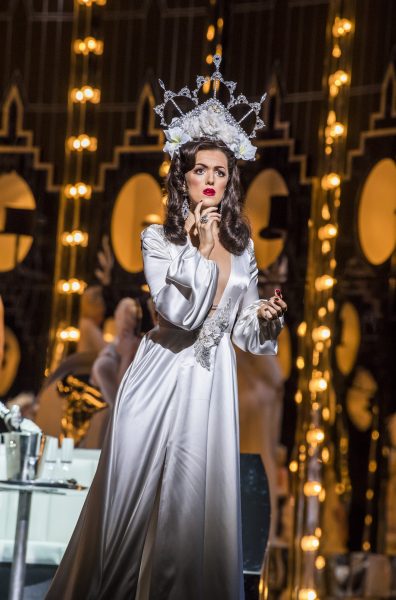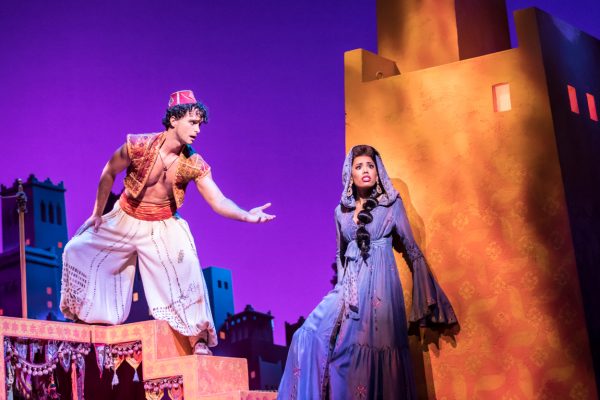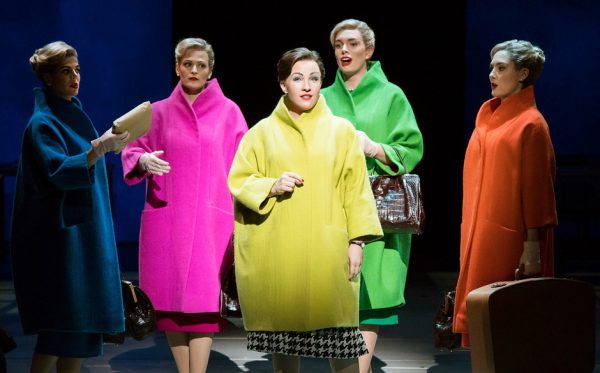Verdi’s La Traviata is a firm favourite of many opera lovers: rich, languid music narrating a tragic love story of sacrifice, separation and sickness.
These themes are perfectly encapsulated within the painfully beautiful overture, and in this production the curtain remained down throughout, allowing the audience to enjoy the shimmering clarity of the orchestra undistracted. From the start these musicians brought subtle flair and diversity of colour to their rendition of the score, following the singers with sensitivity and assurance.

Making his debut as Artistic Director of the ENO, Daniel Kramer has attempted to update La Traviata, bringing the setting forward 100 years to the early 20th century – but when specifically is unclear. Loose, visual references to the last century obscure the plot, which relies on a specific cultural context for coherence. Modernisation of the narrative backdrop lacks nuance, and supposed signifiers for the 20th century are muddled, over-sexualised and jarring with the story of a love forbidden by 19th century social convention. A successful updating of La Traviata requires a careful socio-historical understanding of this 19th century setting and how it can be coherently converted into a specific modernised equivalent. There doesn’t appear to be any artistic or intellectual reason for Kramer’s recontextualisation, and the darker themes of vulnerability and isolation present in the opera are overlooked in favour of lavishness and vulgarity, which alienate the audience, preventing full emotional sympathy with the protagonists.

Irish Soprano Claudia Boyle gives a controlled, virtuosic performance as Violetta, manoeuvring the score with dexterity, and her voice possesses a soft youthfulness, at times perhaps too muted, but at others appropriately sweet and gentle. Her onstage counterpart, Lukhanyo Moyake is vocally powerful as Alfredo, but had moments of technical instability, and together they lack chemistry. There was a sense that the three-dimensionality of their characters had not been fully explored, and therefore their love story was deficient of profundity and poignancy. Despite this, there were instances of great atmospheric impact, such as in the third act, where a dimly lit, mostly empty stage is filled momentarily with carnival goers. Darkly clothed figures emerge and surround the dying heroine before disappearing again into the shadows. It is a conceptually strong and visually beautiful innovation from Kramer, showing what can be achieved when the material is well handled.
This production of La Traviata was at times moving and rousing, but it is unfortunate that the emotional impact was dampened by some clumsy aesthetic and directoral decisions.
La Traviata continues at the ENO until 13 April, book tickets here.
Written by Eloise Kenny-Ryder.

